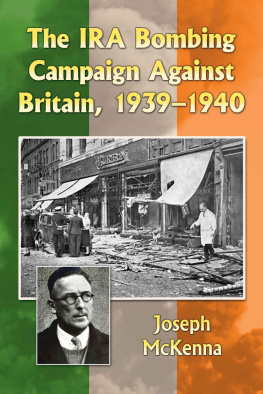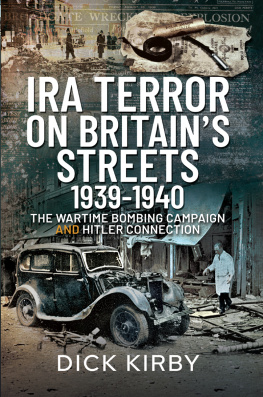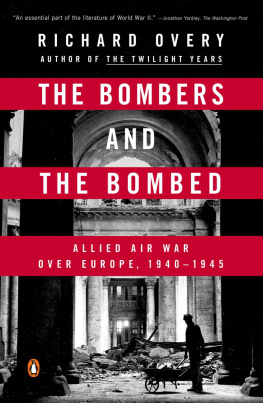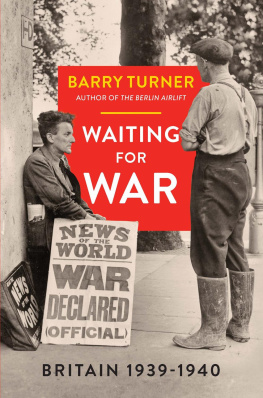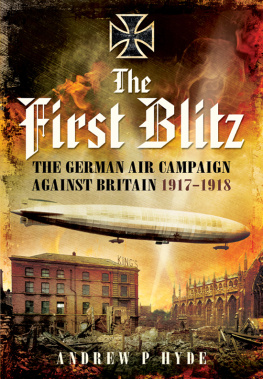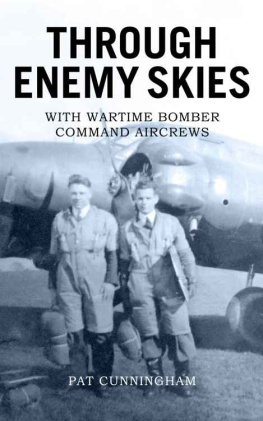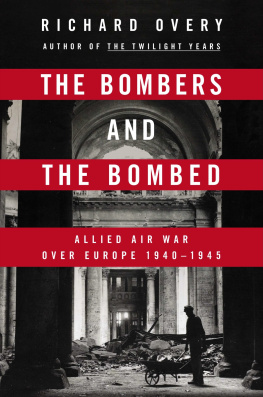Also by JOSEPH MCKENNA AND FROM MCFARLAND
The Irish-American Dynamite Campaign: A History, 18811896 (2012)
Guerrilla Warfare in the Irish War of Independence, 19191921 (2011)
British Ships in the Confederate Navy (2010)
The IRA Bombing Campaign Against Britain, 19391940
Joseph McKenna

McFarland & Company, Inc., Publishers
Jefferson, North Carolina
Every effort has been made to trace the owners of copyright in the photographs included. If contacted, the author will be pleased to correct any errors and omissions in subsequent printings of this book.
LIBRARY OF CONGRESS CATALOGUING DATA ARE AVAILABLE
BRITISH LIBRARY CATALOGUING DATA ARE AVAILABLE
e-ISBN: 978-1-4766-2372-6
2016 Joseph McKenna. All rights reserved
No part of this book may be reproduced or transmitted in any form or by any means, electronic or mechanical, including photocopying or recording, or by any information storage and retrieval system, without permission in writing from the publisher.
Front cover: the aftermath of the IRA terrorist bombing in Coventry on 25 August 1939 (Simon Shaw); inset James ODonovan in Dublin after arrest, circa 1941 (Irish Police Service)
McFarland & Company, Inc., Publishers
Box 611, Jefferson, North Carolina 28640
www.mcfarlandpub.com
For the people of Coventry, that they may know that the five victims of August 25 are not forgotten.
Since writing this dedication, a memorial to the dead was unveiled on 14 October 2015 in the grounds of Coventry Cathedral.
Acknowledgments
My thanks to the staff of the Social Sciences and Local Studies Departments of the Central Library, Birmingham, England. Thanks also to the staff of the National Library, Dublin; Central Library Cork; Coventry Record Office; and to Neil Cobbett and the National Archives, Kew, London.
Thanks to Denise Brackell of the Sunday Times, Dr. Roger Boulter, and especially to an old Republican who knew of those times.
Table of Contents
List of Abbreviations
ACAArmy Comrades Association
ARPAir Raid Precautions
ASUActive Service Unit
CIDCriminal Investigation Department
COSChief of Staff
DET. INSP.Detective Inspector
DET. SERGT.Detective Sergeant
DET. SUPT.Detective Superintendent
GHQGeneral Headquarters
GPOGeneral Post Office
HOHome Office
IOInformation Officer
IRAIrish Republican Army
IRBIrish Republican Brotherhood
K.C.Kings Counsel, a senior barrister at law
LMSLondon Midland Scottish Railway
MEPOMetropolitan Police (London)
MI5British Intelligence (Internal)
M.P.Member of Parliament
OCOfficer Commanding
PCPolice Constable
REVReverend
RUCRoyal Ulster Constabulary
UCDUniversity College Dublin
Preface
It was one of the biggest cases of mass murder in England just prior to World War II and yet, because of the outbreak of the war just over a week later, it is largely unknown. James Clay, age 81; John Corbett Arnott, a schoolboy of 15; Gwilym Rowlands, 50; Rex Gentle, 33; and Elsie Ansell, a young woman of 21 who was to be married in a fortnight, were all killed on 25 August 1939, in a terrorist bombing in the medieval cathedral city of Coventry. Today in the ruins of the bombed-out cathedral, destroyed during the Blitz, there is a memorial with a message of reconciliation, but regarding the deaths of the five citizens of Coventry, there is nothing. Their deaths go unrecorded, these persons killed during a short-lived, misguided bombing campaign carried out by the IRA against Britain in 193940.
The starting point for this work, for me, was a scrapbook of news cuttings, housed in the Local Studies Department in the old Victorian Central Library in Birmingham, England. Within it was a news cutting with an illustration of a terraced house in Birmingham, revealed to be an IRA dynamite factory. I made a mental note of the fact, but did not pursue it. I suppose it must have been a few years later when I came upon a book that gave more details of this little-known campaign, not just restricted to Birmingham, but a national campaign carried out by the IRA. The book was one of a series about famous British trials, Letitia Fairfields The Trial of Peter Barnes and Others, published in 1953. She, a barrister herself, Irish, and a sister of novelist Rebecca West, gave details of the Coventry bombing.
It was a curious trial, murders apart. Two men were tried, found guilty and hanged for a crime neither committed. One of them, Peter Barnes, was actually in London, some 100 miles away, at the time. The man responsible for the deaths was the strange man, as he was known in the court proceedings, a man who was never brought to trial. As a librarian, working in the Local Studies department, I took an interest in the regional aspect of the campaign.
I was on holiday in Dublin when I discovered the name, or rather the nickname, of the strange man; it was Joby. The name of the bomber was one of the worst-kept secrets within the Republican movement. So many people knew about it, but were bound by the IRA oath, or just reluctant to discuss the matter, no one would divulge the secret. The Irish police also knew who the bomber was, as indeed did Special Branch in Britain, but for whatever reasons the police did not or could not pursue the matter. Dutifully, when I returned to work, I wrote out a slip and placed it in what was then an index of obscure material relating to the West Midlands. The entry read: Coventry Bombing 25th August 1939. The real bomber was allegedly a man called Joby. Then I filed it, and forgot all about it. Some twenty or so years later, having returned to my old department, just prior to taking early retirement, I came across the slip again when looking for something else. There it was: Joby did it, but who was Joby?
Having taken early retirement, I decided to pursue the interest. J. Bowyer Bells history of the IRA, The Secret Army, gave a brief outline of the campaign, and Robert Fisks In Time of War placed the campaign in its historical perspective. Again, as in the past, I found that the newspapers of the day, speculation aside, proved a valuable source of detailed information. The Midland Daily Telegraph was particularly useful for its coverage of the campaign in Coventry, and likewise the Birmingham Mail, Evening Despatch and the Birmingham Gazette, for the IRA activity in that city. The Liverpool Echo recorded the bombing campaign in Liverpool and Lancashire. Nationally, and for political balance, I used the national dailies the Times, Irish Times, Guardian and Daily Herald to gain a nationwide perspective. Then there were the Republican newspapers, the United Irishman and the later Saorise, the weeklies of the Republican Sinn Fein party, and by extension the IRA.
Perhaps surprisingly, I found quite a lot of material available at the Public Record Office, or the National Archive as it is now known, at Kew in London. I say surprisingly because a lot of material relating to the earlier Irish-American dynamite campaign of the previous century is still unavailable, if indeed it still exists. For the 193940 campaign, material is available in the HO (Home Office) 45 and 144 series. Material is also available in the MEPO 3 series. In addition there are published Parliamentary Reports, and details of the campaign in Hansard, which is the day-to-day account of the proceedings in the British Parliament. Two books in particular were essential to give this work its detail. They were Uinseann MacEoins
Next page
